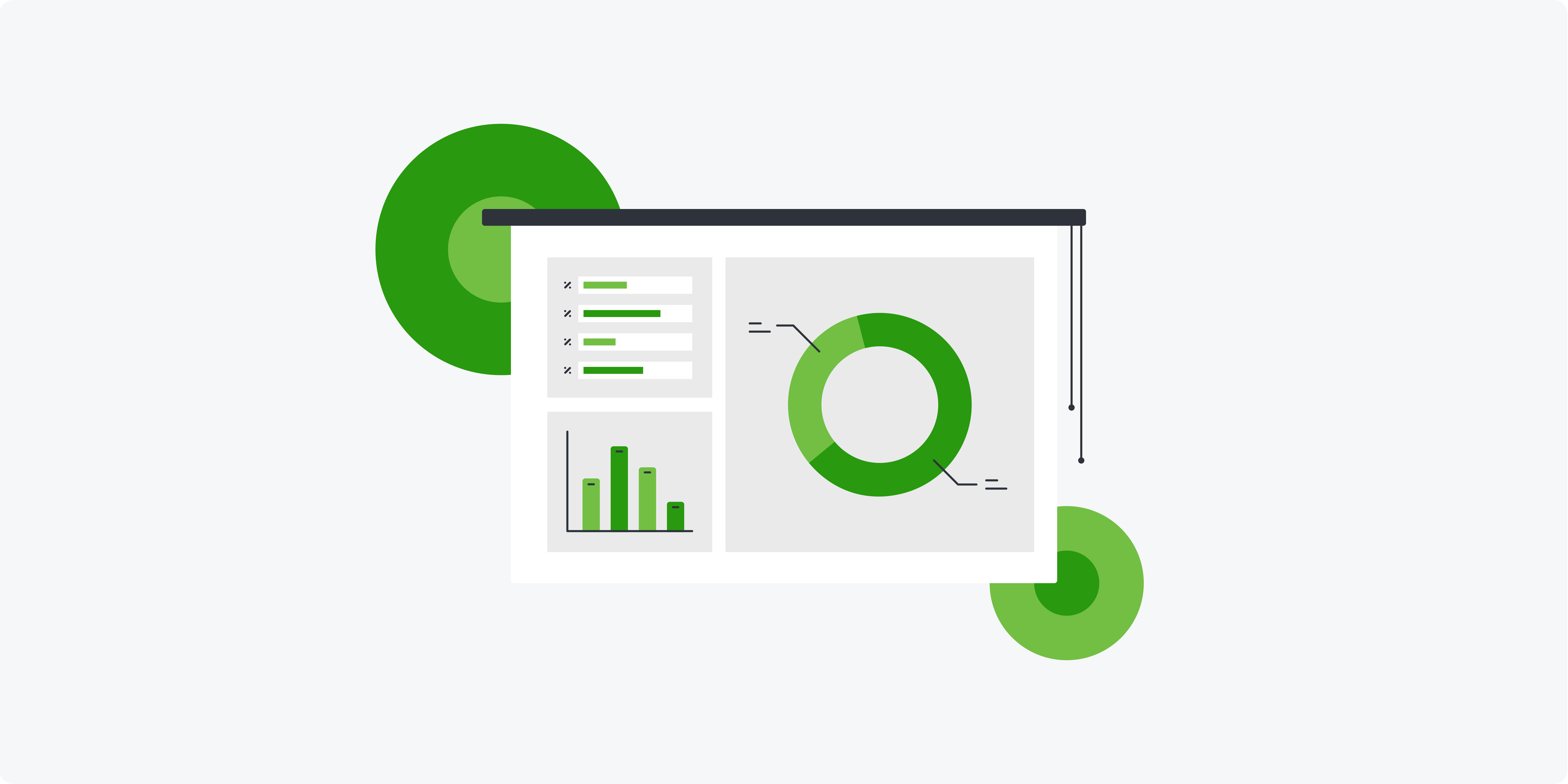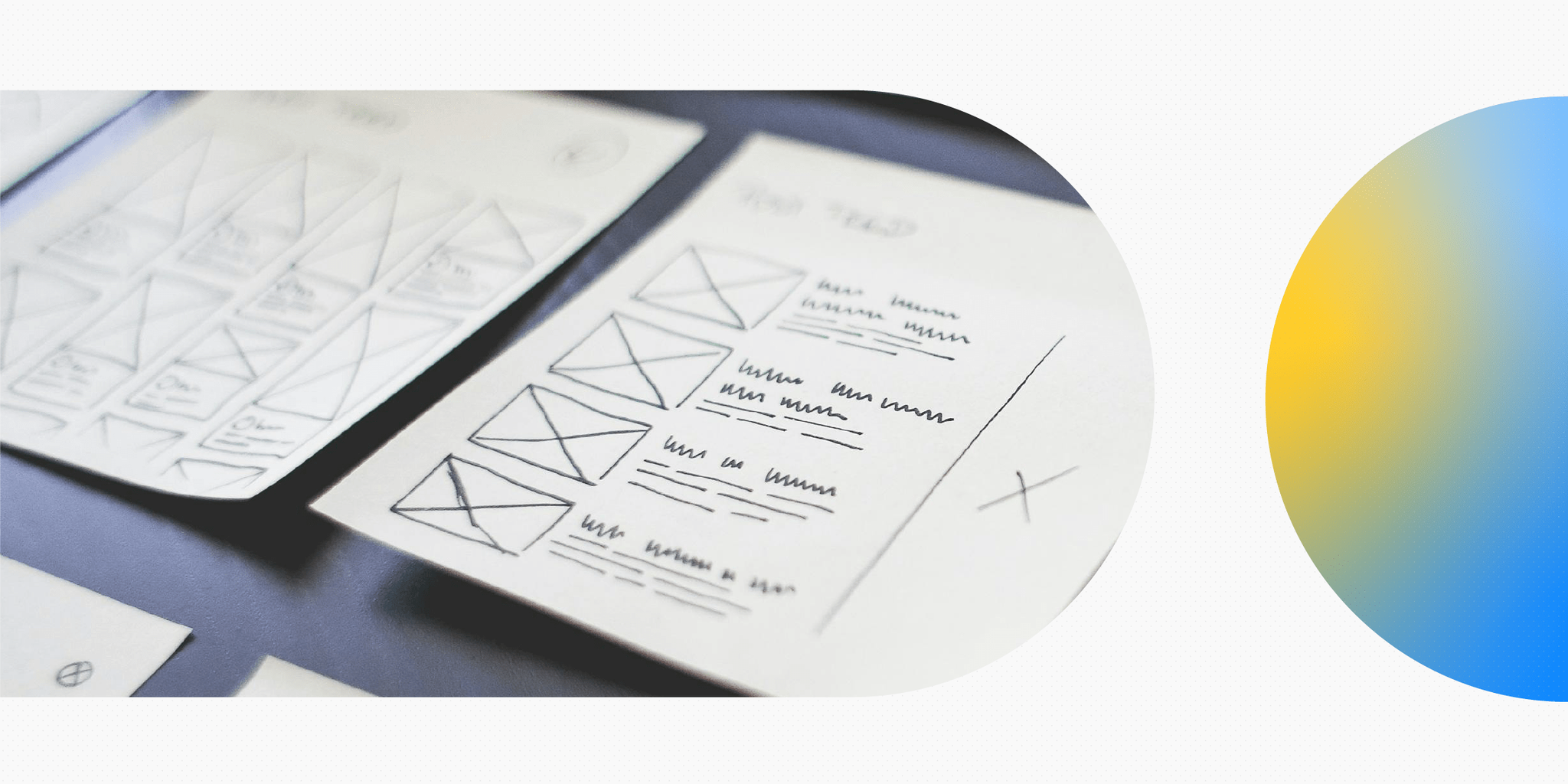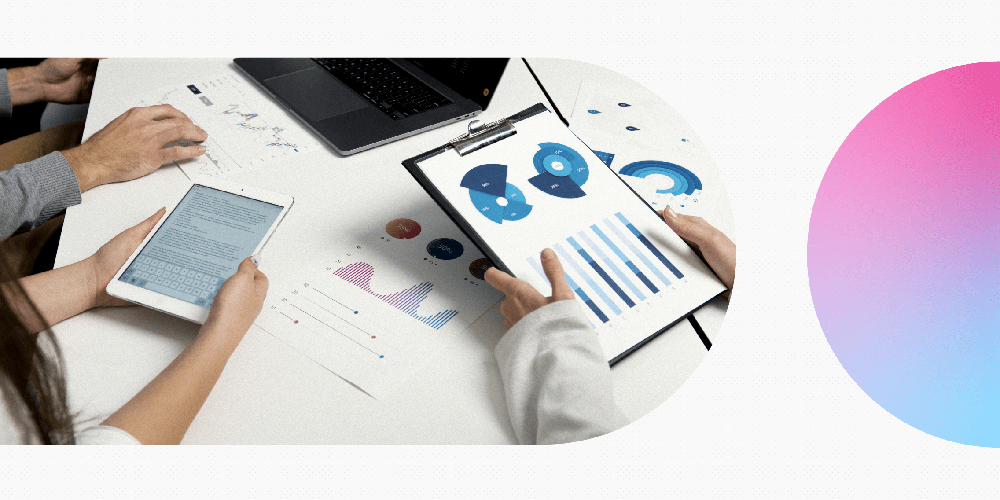UX designers strive to create seamless and satisfying user experiences. However, if they don’t have an idea of who their users are, what they want and the problems they face, they can’t know if they’re really designing the best solutions for them – that’s where UX researchers come in.
There was a time when it was rare to find people with the title of UX researcher. However, that’s changed rapidly over the past decade or so. Nowadays, there is a growing demand for UX researchers as they are a key part of many UX departments and project teams. As a result, it’s a great time to join this growing field.
In this post, we’ll take a look at exactly what a UX researcher is and what they do. We’ll explore the following areas:
- What is a UX researcher?
- What is a UX designer?
- What’s the difference between a UX researcher and a UX designer?
- What does a UX researcher do?
What is a UX researcher?
A UX researcher, sometimes called a user researcher, uses qualitative and quantitative research methods and analysis to gain insight into the users of a product. In order to do this, UX researchers have a wide range of responsibilities including:
- designing a research plan
- recruiting user participants
- creating and running user surveys
- conducting user interviews and usability tests
- analysing data
A UX researcher’s work is ultimately in service of a product’s UX design but UX researchers aren’t designers. Instead, they synthesise and present their findings to the design team through presentations, personas, journey maps and other tools that will enable the team to understand the users they’re designing for. They also make UX design recommendations based on the insights gleaned from their findings.
Given UX researchers are specifically dedicated to learning about and gaining insights into a product’s users, they are involved in a project at the earliest stages of the design process. This is when they will conduct a comprehensive investigation of a product’s users and create reports and presentations to communicate their findings to the other members of the team.
UX researchers may also be consulted throughout the design process to ensure the user experience being created is on the right track. In addition, UX researchers may also be responsible for testing UX designs during the design process or after they’ve been implemented in order to see how users feel about them and if they are continuing to successfully meet user needs.
What is a UX designer?
A UX designer creates intuitive and pleasing user experiences. Their decisions are led by the user insights provided through UX research and their goal is to solve their users’ problems through their designs.
UX designers are responsible for creating products or services that ensure a positive experience for the user while meeting overall business goals. They follow the UX design process to understand the needs, goals and pain-points of their target audience and to design and test potential solutions.
Throughout the design process, UX designers champion the user. They will consider business objectives as well, but ultimately every decision they make comes back to the user and how the design impacts the quality of their experience. As a result, the better they understand their users, the more successful their designs will be.
What’s the difference between a UX researcher and a UX designer?
UX designers are often responsible for UX research in addition to all their other duties, which may cause confusion between the roles for some people. However, while UX designers are considered generalists, who may be tasked with completing any part of the UX process, UX researchers are specialists who focus entirely on research.
As a result, even when UX designers conduct UX research, they do so with an eye toward how it will influence the user experience they design. On the other hand, UX researchers are only concerned with empathising with, understanding and gaining insights into users’ wants and needs.
There are plenty of companies where the UX department doesn’t have a dedicated UX researcher, so a UX designer is expected to carry out UX research. However, it is increasingly common for companies to have at least one or two dedicated UX researchers on staff. If this is the case, the UX designers in the company will no longer be responsible for research. Instead, the UX researchers will be in charge of conducting and analysing user research.
While the two positions work closely together, the UX researcher’s work will be focused at the start of the project, while the UX designer’s work will increase after the UX researcher has presented the findings, insights and recommendations they gained from their research.
What does a UX researcher do?
Given everything a UX researcher is responsible for, there is no “typical” day on the job. Although, Dr. Stephen Hassard, a UX Research Manager from Google, gives us a general this video below:
In fact, how a UX researcher spends their time will vary widely depending on where they happen to be in a project. Their responsibilities can be roughly divided up into the following phases.
Research planning
During the planning phase, UX researchers are preparing to conduct research. They will create a set of research goals and a research plan that ensures they will meet those goals.
Responsibilities during this phase can include:
- Meeting with clients and stakeholders to identify their business objectives
- Working closely with the design team to develop a research strategy
- Determining which research methods to use to meet research goals
- Recruiting and screening participants
- Writing research questions for surveys
- Creating discussion guides for user interviews
Data collection
During the data collection phase, UX researchers will gather data from users by conducting studies using the methods they decided on during the planning phase.
Data collection responsibilities can include:
- Conducting one-on-one user interviews
- Implementing user surveys or A/B tests
- Overseeing card sorts, or diary studies
- Conducting ethnographic or field research
- Taking notes between sessions
Data analysis
Now that all of that shiny data has been collected, it’s time to analyse it. This is where UX researchers will start uncovering results that they’ll ultimately synthesise into insights that the UX design team will then use.
During data analysis, responsibilities include:
- Performing qualitative analysis with tools like NVivo or Dedoose
- Performing quantitative analysis
- Finding patterns and insights into users in the data
Presenting research
This is the phase during which UX researchers will create a presentation that highlights their key findings. Here, they will communicate what they’ve learned and why it’s valuable to the design team.
Responsibilities include:
- Putting together slide decks that concisely communicate research results
- Creating personas and journey maps that will help team members empathise with users
- Develop a set of recommendations from the results that the UX team can act on
- Present your findings in person and answer questions
Ongoing testing
As a project reaches the later phases of the design process, UX researchers may be tasked with ongoing research. This is to ensure that the design solutions the UX team has come up with are on the right track or that a solution that’s already in use is still satisfying user needs. This can require ongoing testing.
Responsibilities of ongoing testing include:
- Performing A/B tests on multiple design solutions
- Collecting surveys to determine user sentiment about a given design solution
- Analysing collected data and presenting findings to determine what design solutions work best
Aspiring UX researchers
In addition to a comprehensive understanding of research methods and analysis, aspiring UX researchers should be curious about people’s motivations and desires, have exceptional observational and listening skills and be able to empathise with individuals.
Because of this, UX researchers often have a Bachelor’s degree or higher in a social science like psychology, sociology or anthropology, as it will help them better understand the users they study.
UX researchers are often familiar with the various elements of a UX designer’s job, which makes it easier for them to provide valuable research feedback at any stage of the design process. In fact, it’s possible for UX researchers to start their careers as UX designers, gain the research skills they need on the job, and then move into a full-time research position.
Fortunately, there’s an increasing demand for UX researchers, so if you enjoy the prospect of learning about what people do, how they think and what motivates them, UX research could be the right career for you.
If you are interesting in learning more about different UX job roles and which one might suit you, read 11 popular UX job roles and titles explained.






